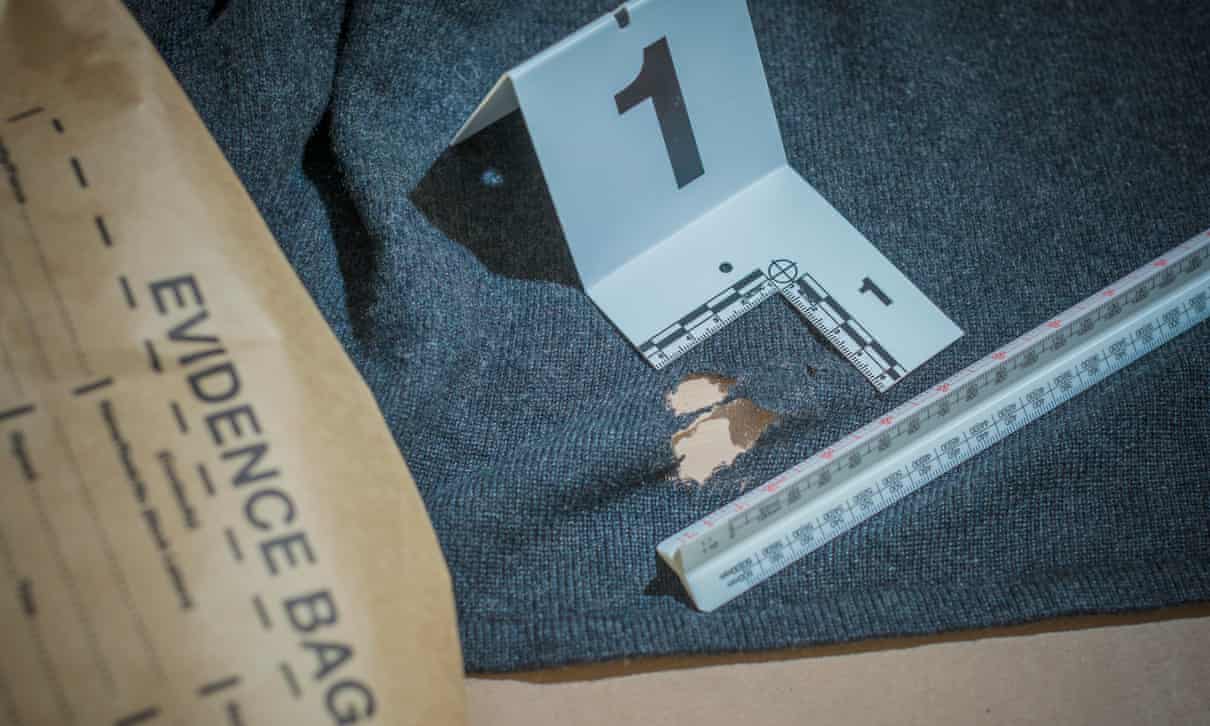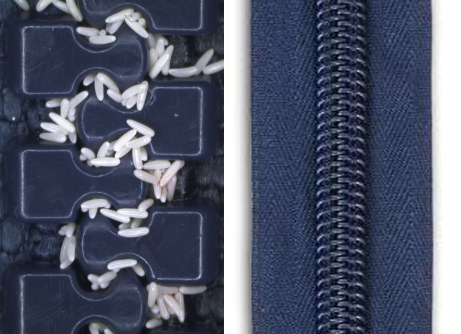What lies beneath…
…beneath our clothes we have our underwear and mostly we don’t forensically examine it but this is not how Amber Butchart sees it. She is a consultant forensic garment analyst for the UK police. Her background in vintage clothing allows her to date any clothing found with a dead body and she says underwear dates particularly well. Her skill and knowledge in recognising the age, construction and composition of clothing can add vital information in identifying a victim. As Butchart notes, “this has more social value than selling old clothes”. And curiously her methods of helping Crime Scene Officers describe clothing has a wider value. She educates them in the need to see items specifically and fairly; so no ‘ethnic’ used to describe everything from Indian Batik to Ghanain Kente. As she puts it “Describe it….don’t infer interpretation” . This seems pretty sound advice for everday life.

